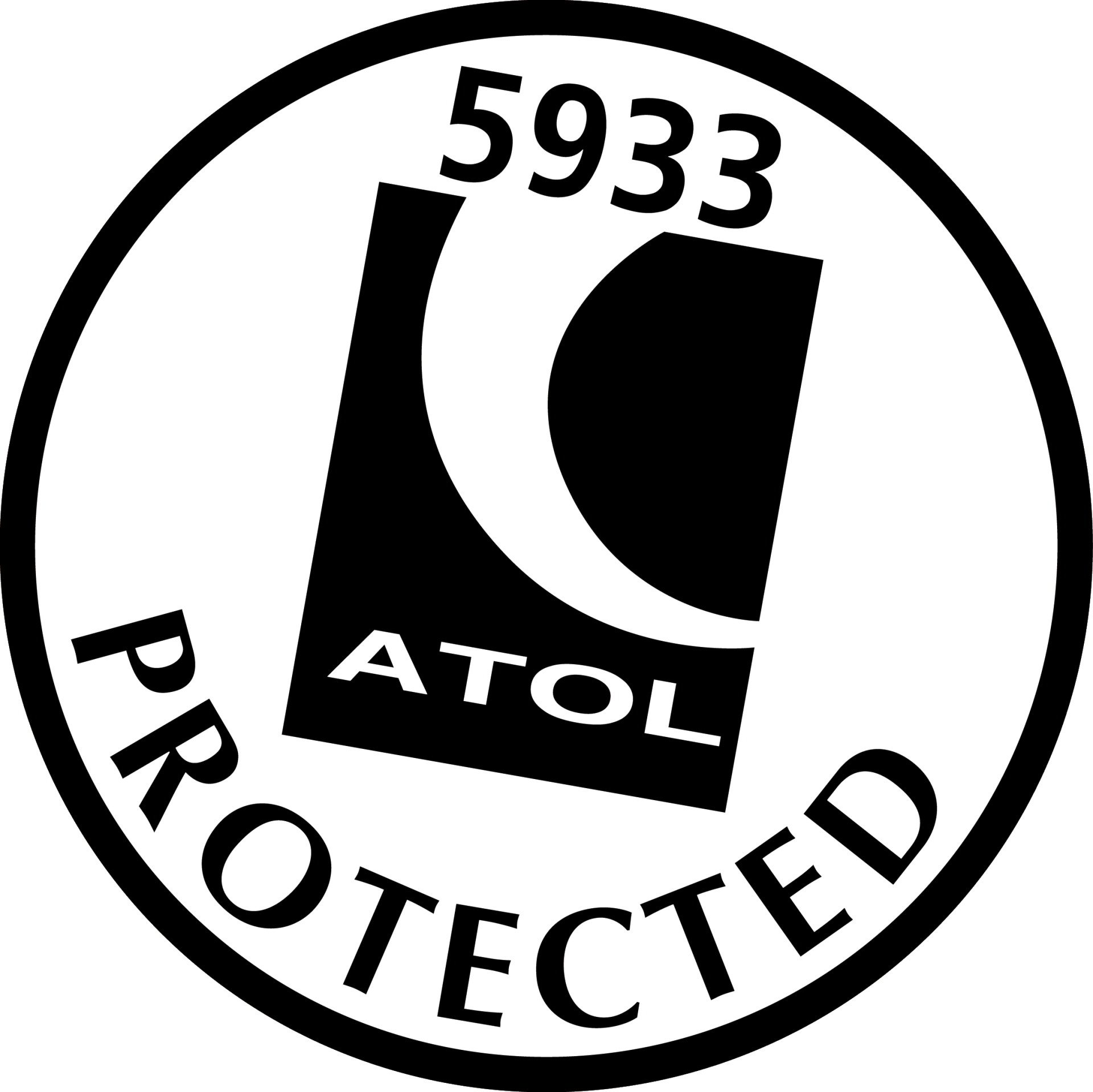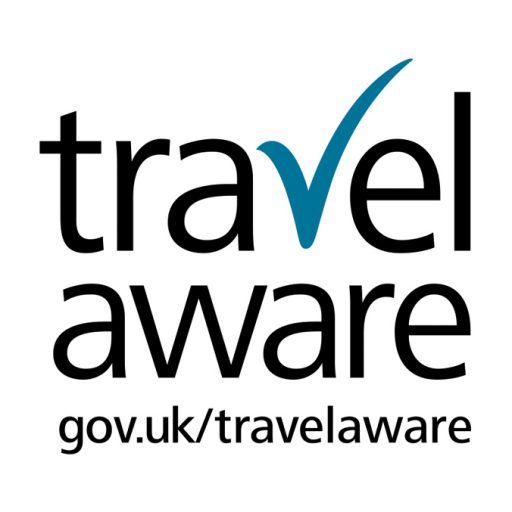
N
CORFU TRAVEL GUIDE
Since the 1970s, Corfu has been one of the most popular places to visit in Greece. Corfu is in the group of Ionian islands in western Greece. It has beautiful beaches with white sand, easy access to Italy and Albania, beautiful mountains, and wild, crazy nightlife.
Even though it gets busy in the summer (especially with young backpackers), there are still many quiet places to stay and see on the island because most of the action happens in just a few hotspots.
I like how this place feels. It's a lot more laid-back than other Mediterranean islands, and it's a great place where many different cultures meet.
This travel guide to Corfu can help you plan your trip, so you save money and have the best time possible, no matter when or why you go.
Corfu's Top 5 Things to See and Do
Explore
Kassiopi
Kassiopi is a small fishing village on the north side of Corfu. It is much quieter than Corfu Town, which is very popular (the main town on the island). From here, you can walk through the ruins of the Byzantine Kassiopi castle, relax on the beach, or hang out in the town square. You can also take a boat ride along the coast to go scuba diving, snorkelling, swimming, or just to a more remote beach to have lunch. At night, go to one of the traditional restaurants along the waterfront for dinner and drinks.
See the Church of Saint Spyridon.
This Greek Orthodox church from the 16th century is in the middle of Corfu's Old Town. It is full of frescoes and other works of art. The bell tower is the tallest on the Ionian Islands, so you can't miss it. The church holds the remains of Spyridon, the island's patron saint. Spyridon was a shepherd in the 4th century, and the island is said to be safe from the Ottomans and even the plague because of him. During special events, his body is carried through town in a silver casket.
Hit the beaches
All over the island, there are great beaches, and each area has something different to offer. On the west side of Corfu, there is a long stretch of sandy beaches. The waters on the east side are calmer, and most of the beaches in the north are made up of pebbles. The beaches with the most sand are in Sidari, while Paleokastritsa's deep, calm waters are great for water skiing, boating, and parasailing. You can dive at Agios Georgios South.
Spend time in Paleokastritsa.
This relaxing seaside town is only 23 kilometres (14 miles) from Corfu Town. It has quiet beaches and clear turquoise waters that are great for swimming and snorkelling. You can go to nearby caves and hike up to the Theotokos Monastery, which was built in the 1300s and has a view of the town and the Mediterranean. At the end of the day, you can relax at the Greek tavernas on the water that serves fresh seafood.
Explore Achilleion
After the tragic death of her only son, the Empress Elisabeth of Austria built this palace in 1890 as a place to spend the summer. It was made to look like an old palace from Phaeacia, a place in Greek mythology. Paintings and sculptures of Greek gods and goddesses are all over the building. The mythical hero Achilles is the main focus, and a sculpture of him as he is dying is the focal point. The palace is in the town of Gastouri, which is only 10 km (6 mi) from Corfu Town. It costs 5 euros to get in.
Other Attractions and Activities in Corfu
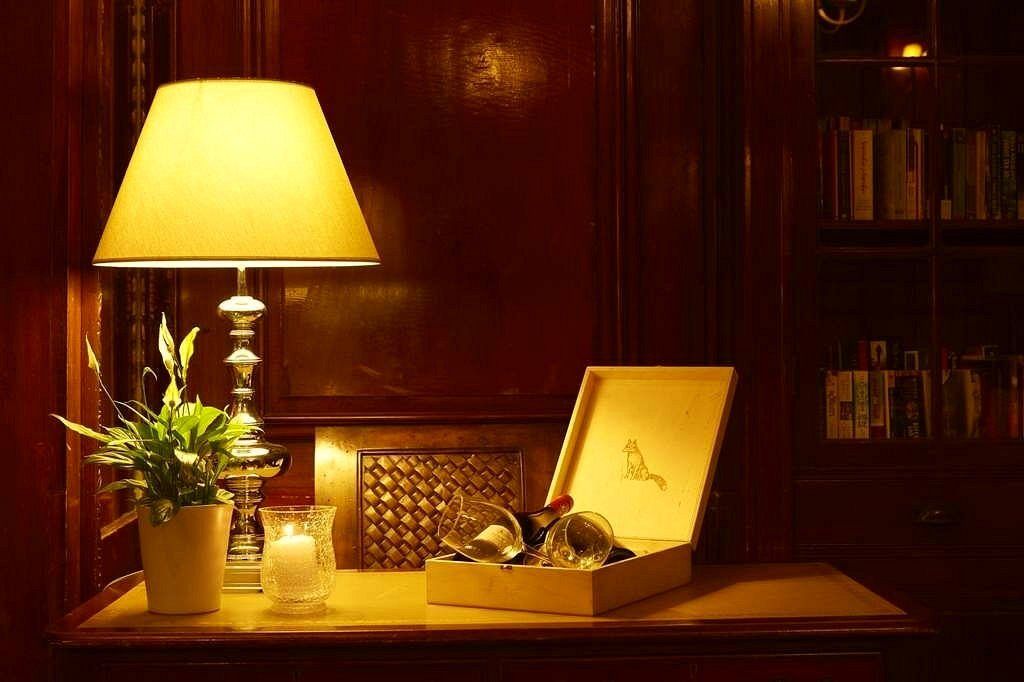
Hang out in Corfu Town.
Corfu Town has been around since the 8th century BCE when the Phoenicians used it as an important commercial centre. It used to be called Paleopolis, and the Mon Repos Palace is right next to some of the original ruins. Between the 14th and 18th centuries, Corfu was ruled by the Venetians. Because of this, the town has a lot of Venetian architecture, like pastel-coloured buildings, iron fencing, cobblestone streets, and wooden shutters. It's a nice place to take a walk and learn about history.
Button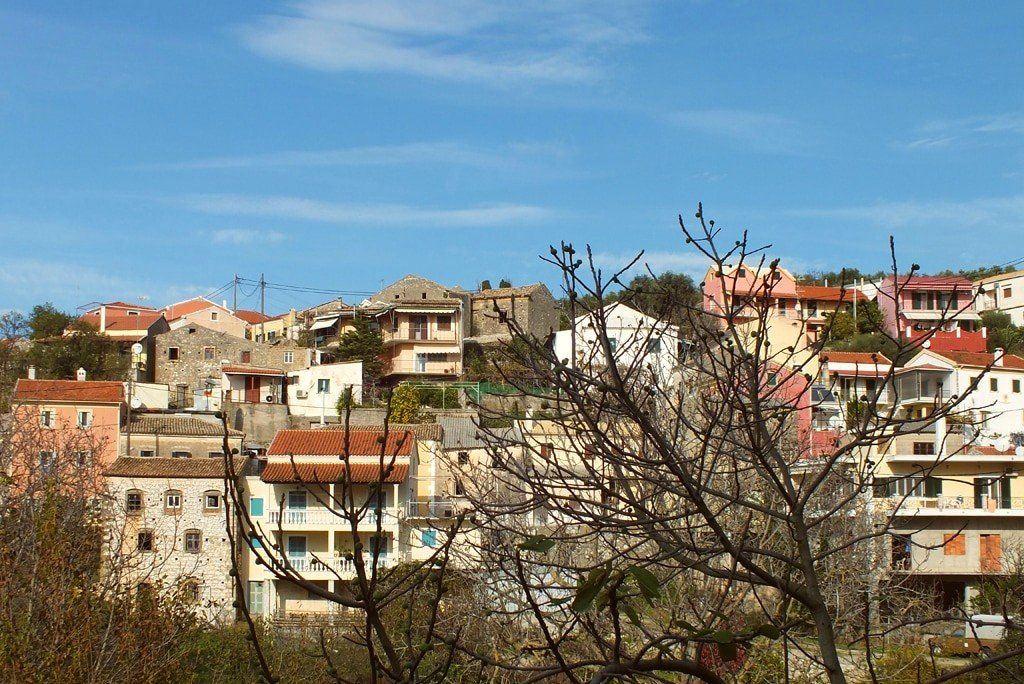
Check out Nymfes village.
Nymphs, goddesses of nature, bathed in 200-metre-high waterfalls near this village, according to Greek myth. Just north of town, you can see the waterfalls and the ruins of a small, old monastery called Askitario. In the year 500, a monk named Artemios Paissios lived here by himself. He once had a feeling that his parents were coming to get him, so he dug a grave and laid down in it. A boulder then rolled over him. When his parents tried to dig him out, it seemed that the boulder had caught fire. The village is 33 kilometres (20 miles) north of Corfu Town and can be reached by car in just under an hour.
Button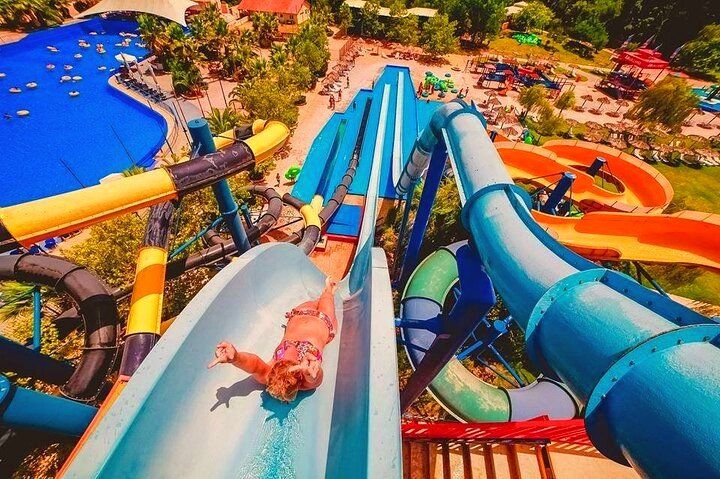
Visit Aqualand
Aqualand is a fun water park that is good for the whole family. It has 15 rides and attractions about water, like slides, pools, and rivers. It's a little cheesy, but it's fun if you're with kids, and it gives you something different to do after a few days at the beach or exploring ruins. Access for a full day costs 33 EUR (30 EUR if you book online), and access for two days costs 55 EUR (50 EUR if you book online).
Button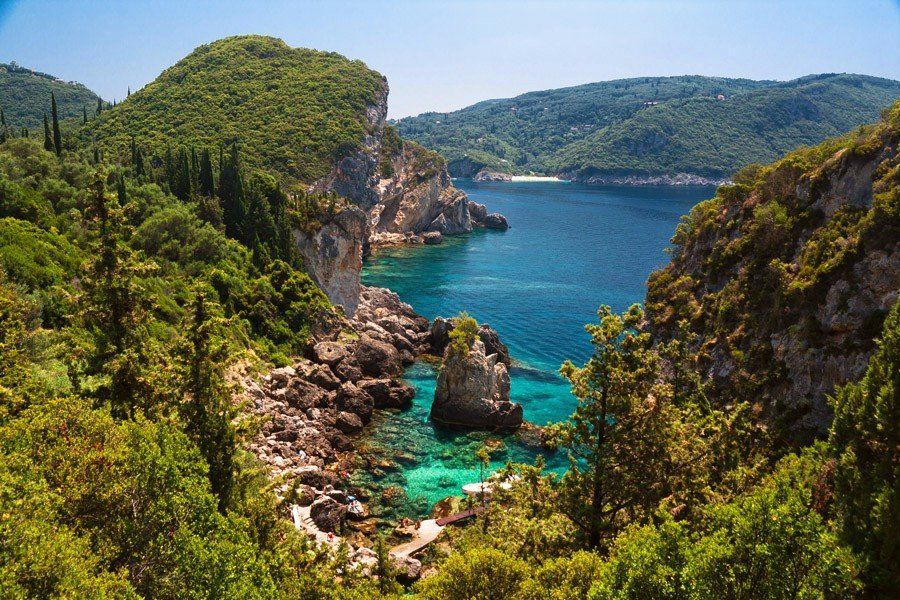
Hike the Corfu Trail
The Corfu Trail is a 150-kilometre (93-mile) journey that starts in the south of the island and ends at its northernmost point. It's a pretty easy hike that takes you through hills, mountains, lakes, lagoons, monasteries, and small towns. There are lots of signs to help you find your way. It's a great way to see Corfu outside the resorts, and there are plenty of places to stay along the way (or you can camp out). Since it has ten steps, most people do it over ten days.
Button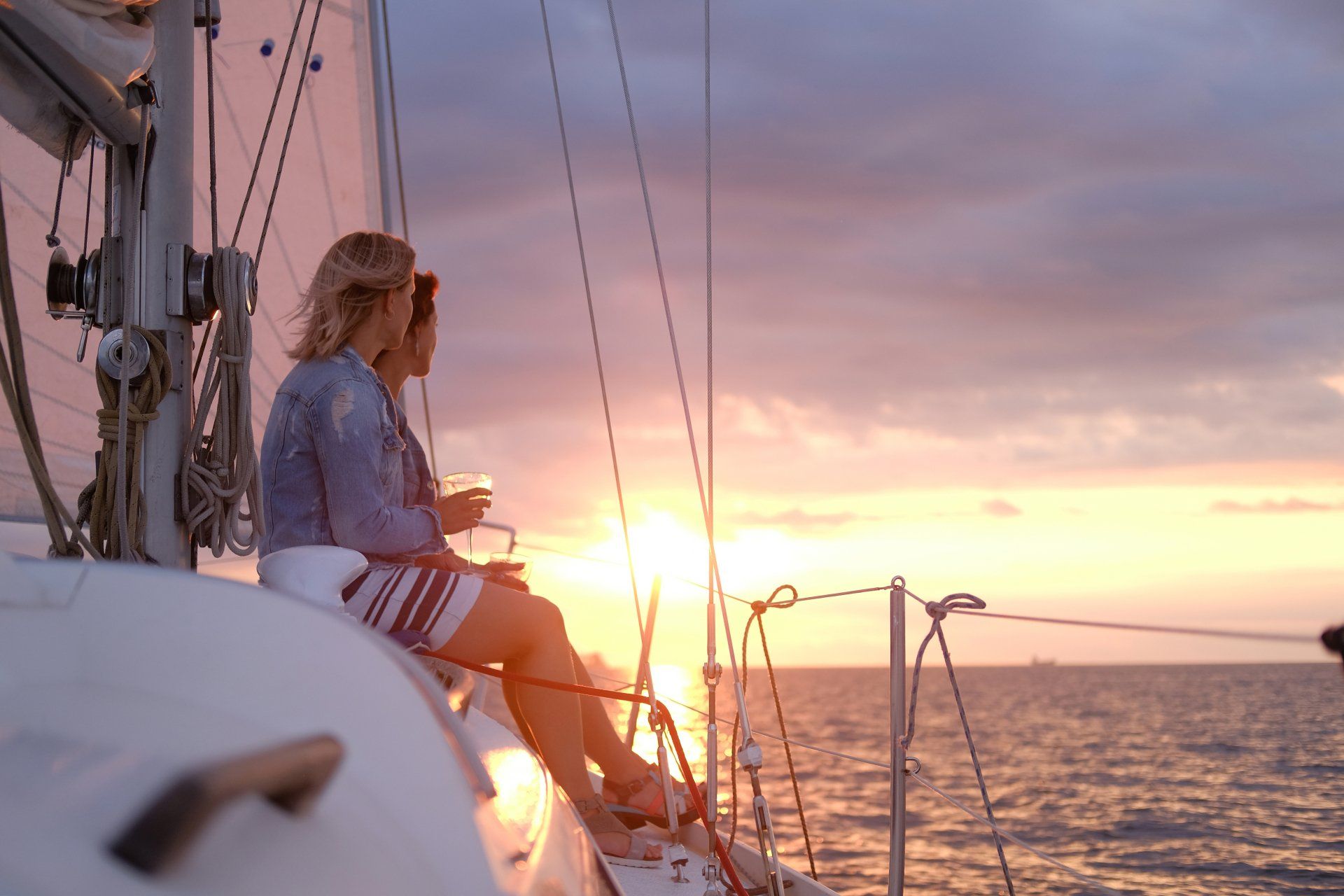
Go sailing
Corfu is a great place to sail because the water is calm, and the weather is always warm. There are a lot of companies that offer charter trips, and many of them include lunch and open bars. Some hostels also have party boats that run all day. The most affordable day sails are around 30 euros per person.
Button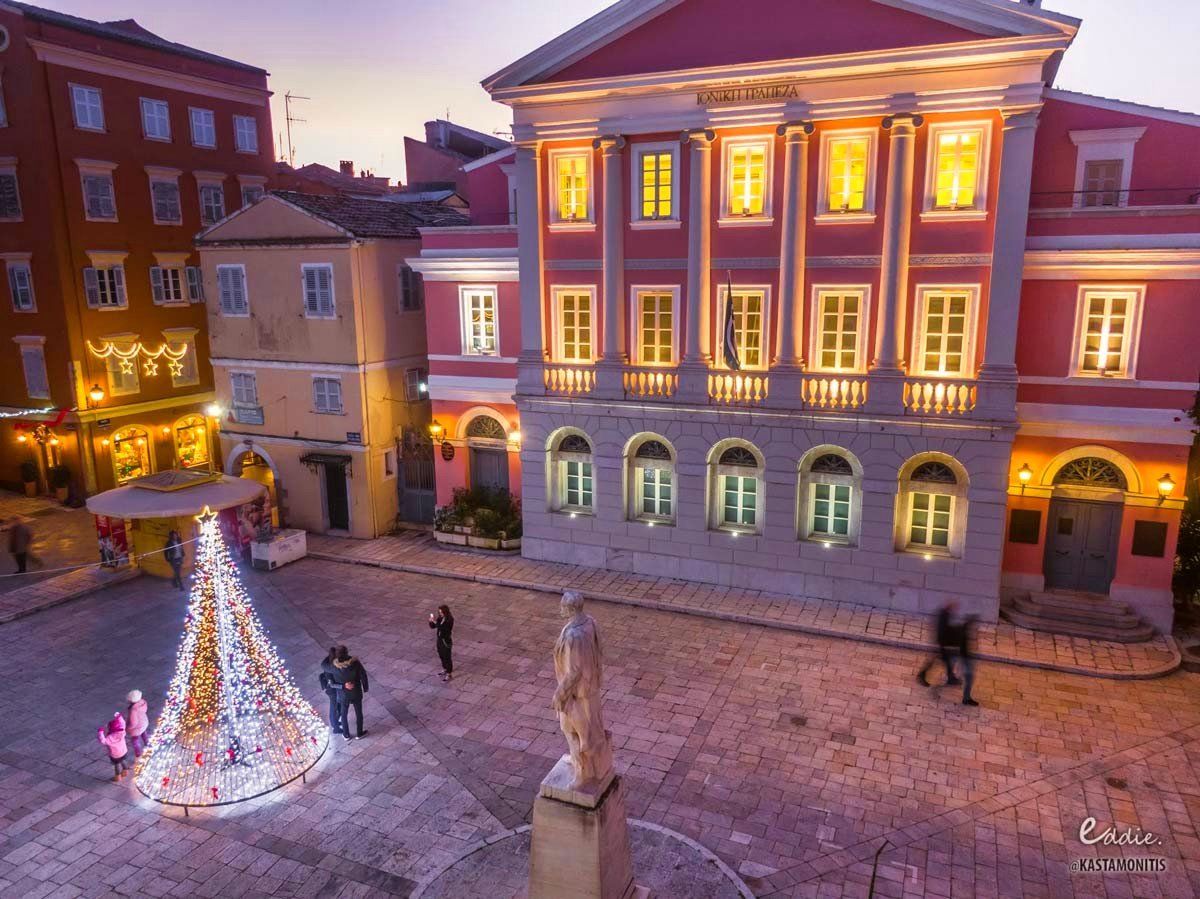
Visit the Banknote Museum.
The Ionian Bank started this coin museum in Corfu Town. It has displays of coins, stamps, bank documents, books, and foreign banknotes from the last two hundred years. The most interesting thing in the museum is a 100-billion-drachma note from 1944, which is the biggest bill ever made. There is no charge.
Button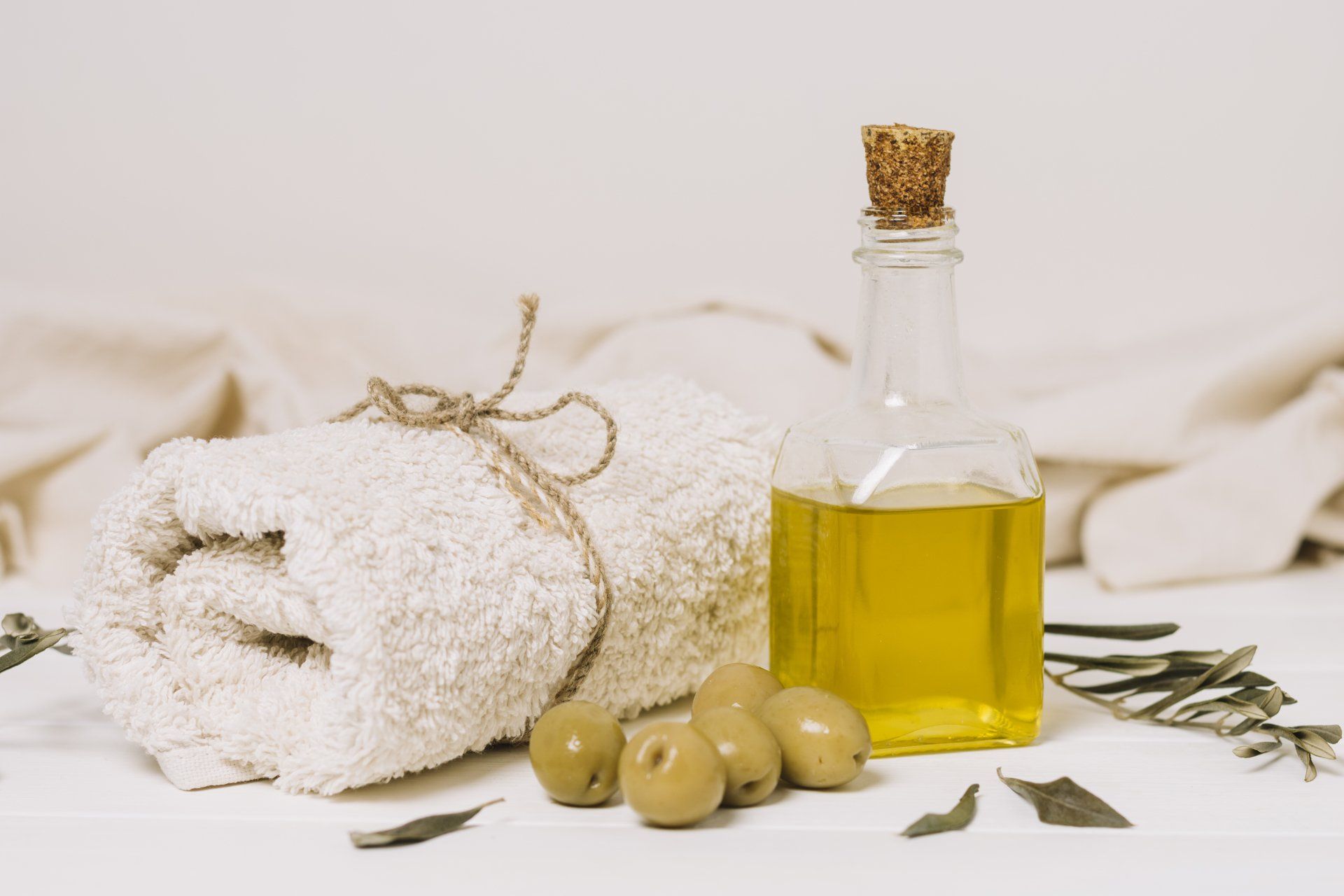
Take an olive oil-tasting tour
Corfu is only 585 square kilometres, but there are more than 4 million olive trees there. Olive oil has always been a big part of Greek culture and tradition, and a tasting tour is a great way to find out how this important food is made. Corfu Olive Tours offers a behind-the-scenes tour of olive groves and old mills where you can learn everything there is to know about olive oil. You can also try out some samples. A tour that lasts 1 hour costs 15 EUR, while a 3-hour tour costs 40 EUR.
Button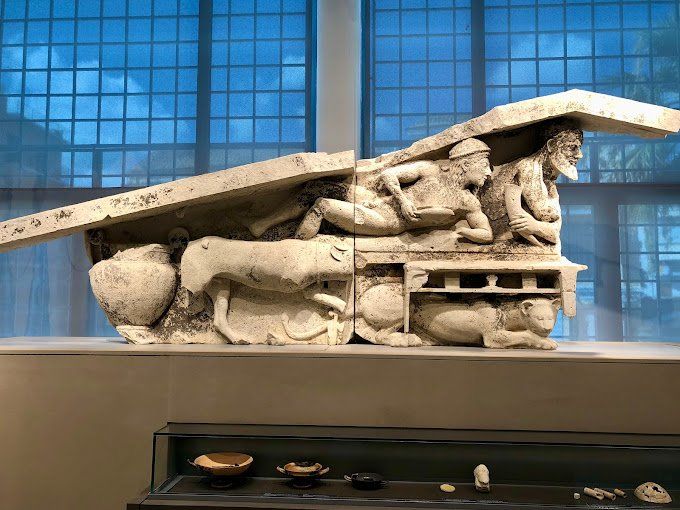
Explore the Corfu Archaeological Museum
This museum has statues, funeral offerings, pottery, and gold jewellery that are very old and come from all over the island. The most famous piece is the huge pediment from the temple of Artemis. It depicts Gorgon, a Greek mythological monster who lived in the underworld. It was built in 590 BCE, which makes it the oldest stone pediment in Greece. The stone lion of Menecrates and a limestone pediment from a temple to Dionysus are also very interesting. It costs 6 euros to get in.
Button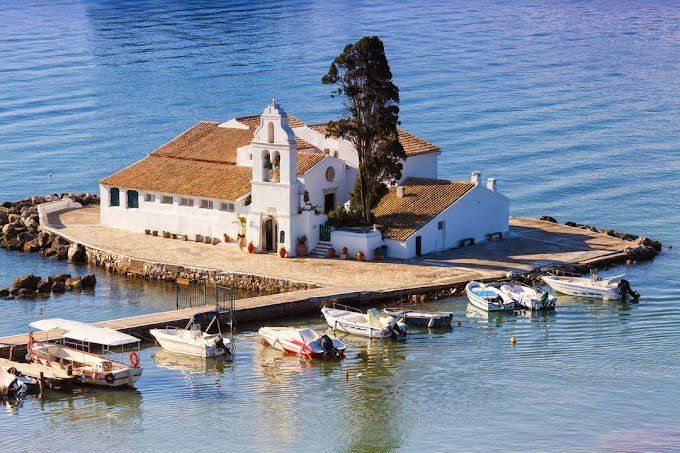
Visit Vlacherna Monastery
On its own tiny island, Corfu's eastern side is this beautiful monastery with white walls. The fact that you can only get there on foot adds to its charm. Since 1980, it has been no longer a monastery. Instead, it is used as a church for celebrations, a tourist attraction, and even a filming location, most notably for the James Bond movie For Your Eyes Only. Since it used to be a monastery, the inside is pretty simple, and the best thing about it is the view of the bay and the building itself. There is no charge. You can also take a boat for 2.5 euros and 5 minutes to get to Mouse Island, which is close to the monastery. Mouse Island is a small, quiet island with a church from the 1300s and a cafe.
Button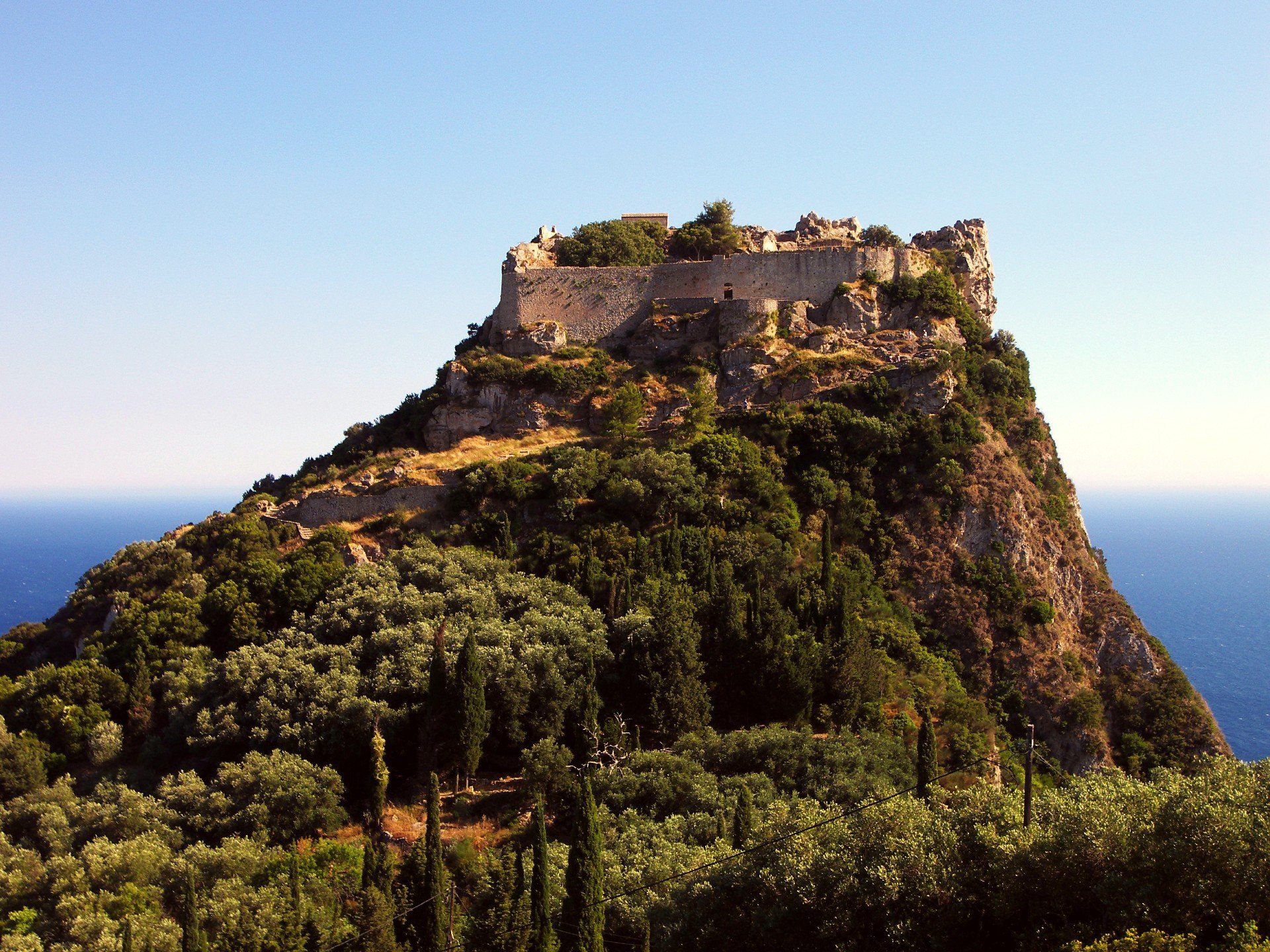
Admire the views from Angelokastro Castle.
Angelokastro is one of the most important Byzantine castles. It is near Paleokastritsa and is high on cliffs that go down to the water. This 13th-century fortress kept the island safe from invaders for hundreds of years, even though it was attacked and besieged many times. The castle has fallen apart over time, and most of it is in ruins now. But the views from the top are truly breathtaking. At the top, there are also some other interesting things, like a hermitage from the 18th century, graves carved out of the rock to look like people, and a small church dedicated to the Archangel Michael. The castle costs 3 euros to get into.
Button
Corfu travel costs
Prices at hostels: A bed in a room with 4–8 beds costs between 18 and 25 EUR per night (dorms with ten beds or more cost about the same price). During the off-season, prices should drop by 2–3 EUR per night. Private rooms start at 39 EUR per night, and that price stays the same all year long. Wi-Fi is always free, but self-catering facilities and free breakfast are not always available.
A basic camping spot without electricity for one person starts at 12 EUR in the summer and 10.50 EUR in the off-season for people travelling with a tent.
Budget hotel prices: A two-star hotel anywhere on the island starts at 45 EUR per night. A beachfront hotel in Sidari will cost you an extra 10–20 euros per night. During the off-season, you can find rooms for as little as 25 euros per night.
Everywhere in Corfu, you can use Airbnb, and private rooms cost at least 40 euros per night. On average, a full apartment costs about 130 euros per night.
Food: Traditional Greek food is very healthy because it uses a lot of fresh seasonal vegetables, olive oil, lamb, fish, pork, and cheeses (especially feta). Also very common are yoghourts. Souvlaki and gyros are popular dishes in the area, as are filo pastries filled with meat, spinach, and cheese.
You can find street food like gyros for under 5 euros. A filling pita or Greek salad costs about 7.5 euros, while a combo meal from a fast food restaurant costs about 8.50 euros.
Corfu's signature dish is Pastitsada, which is slow-cooked chicken in a wine-tomato sauce with herbs served over pasta. It costs about 10 euros in most restaurants where you can find it. Traditional veal dishes like psito and sofrito cost about 11 euros each. A beer costs 3 euros to accompany it.
At most restaurants, you can get an appetiser and an entrée for about 15 euros. If you want to splurge, a meal at a high-end restaurant can cost more than 40 euros. A cup of
The local wine costs four euros more. You can expect to spend between 20 and 30 euros if you want to eat fish.
Most places charge extra for bread. The price ranges from 0.50 EUR to 1.50 EUR. About 2 EUR buys a water bottle, while 3 EUR buys a cappuccino or latte.
If you cook for yourself, you can expect to spend between 45 and 50 euros per week on food. This will get you basic foods like pasta, vegetables, cheese, and a little bit of meat.
Backpacking Corfu: Suggested Budgets
Expect to spend about 55 EUR per day as a backpacker in Corfu. This is based on the idea that you stay in a hostel dorm, eat a lot of cheap food, cook some meals, take the bus to get around, go to a few cheap attractions (like a museum), and enjoy free activities like beaches and hiking, and don't drink too much. If you want to go out and have fun while you're here, add 10–15 EUR per day to your budget.
With 115 EUR per day, you can stay in a private Airbnb or hostel room, eat all your meals, rent a bike to get around, see more museums and tours, and have a few drinks. You won't have much money, but you won't go without either.
With a "luxury" budget of 215 EUR or more per day, you can stay in a hotel, eat out wherever you want, drink as much as you want, take taxis or rent a car, and do as many tours and activities as you want. But this is only the first floor of luxury. You can do anything!
Remember that prices are about 10–20% higher for everything during the peak summer season.
Corfu Travel Guide: Money-Saving Tips
Even though Corfu is one of the most visited islands in Greece, it is still pretty affordable. The most expensive things to do here are staying in a hotel and going on tours, but the island as a whole isn't as pricey as Santorini or Mykonos.
Here are some of my favourite ways to cut your costs in Corfu:

1. Appreciate the Agios Nikolaos streets
1. Get the Corfu City Pass. For one price, you can go to many different attractions, like Aqualand, a day sail, a walking tour, and more. You can't buy it online, so you'll have to buy it when you get there.
Button
2. Rent a boat with or without a skipper.
2. Use the Greek salad/bread rule: if bread costs less than 0.50 EUR or a Greek salad costs less than 0.07 EUR, the restaurant is cheap. The prices are average if the cover is around 1 euro and a salad costs between 7 and 7.50 euros. If it costs more than that, it's expensive. Use this rule to avoid expensive restaurants unless you want to splash out!
Button
3. Voulismeni Lake
2. Eat very cheaply. Gyros and other street snacks only cost a few euros and can keep you full for less than 10 euros per day if you're on a tight budget.
Button
4. Learn about Spinalonga.
4. Have an ISIC Card. If you are a student, make sure you have a valid student card to save money on admission to museums and other tourist spots. Most places won't take a foreign student ID but will take an ISIC.
Button
5. Go to Elounda.
5. Book ahead of time. Corfu gets a lot of tourists, and things tend to fill up quickly in the summer. Book ahead of time if you want to get that super-cheap hostel room.
Button
Slide title
6. Travel during the shoulder season. During the shoulder season, hotels and scooters and ATV rentals are cheaper. Even though it's not as hot as in the summer, the weather is still nice
Button
Slide title
7. Book overnight ferries. If you take a lot of ferries between islands in Greece, it can get expensive. Booking an overnight ferry can save up to half the normal price and a night's stay.
Button
Slide title
8. Get a ferry pass. Eurail has both a 4-trip and a 6-trip ferry pass. You can only take ferries from Blue Star or Hellenic Seaways, though. Those are usually the bigger, slower ferries; depending on the islands, you might have to switch somewhere. To determine if the pass is worth it, you'll need to look into routes ahead of time. I would look up routes on FerryHopper to see if it works for you. You can buy your pass from Eurail or Interrail if you don't live in the EU.
Button
Slide title
9. Stay with a local. If you plan ahead, you can usually find really nice Couchsurfing hosts all over Corfu. So, you have a place to stay and a local host who can tell you about the area and give you tips.
Button
Slide title
10. Go to museums on days when you don't have to pay. Most museums have days when you don't have to pay. Details can be found on the Odysseus Culture website since they differ from museum to museum.
Button
Slide title
11. Buy wine at the store. You can get a nice bottle of wine at the store for about 4 EUR. It's a lot cheaper than going to a bar to drink.
Button
Slide title
12. Bring a water bottle. The tap water here is safe to drink, so bring a water bottle you can use again and again to save money and cut down on the amount of plastic you use. LifeStraw is my go-to brand because its bottles have built-in filters that ensure your water is always clean and safe.
Button
Where to stay in Corfu
Corfu has many hostels all over the islands, but some are big party hostels, so keep that in mind. If you want a quieter time in Corfu, don't stay at the Pink Palace. It's a big party spot. Here are some places I think you might like to stay in Corfu:
- The Pink Palace
- Sunrock Corfu
- Angelica's Backpacker's Hostel
- Corfu Backpackers
Corfu's Top 5 Things to See and Do
Bus
The only real way to get around the island is by bus (outside of renting your own vehicle). Bus tickets cost between 1.10 and 4.40 EUR, depending on your trip length. For 5 EUR, you can ride the blue-and-white bus around Corfu Town as much as you want for a whole day.
Be aware that service is limited on the weekends and almost non-existent during the off-season in some more remote areas. If you want to move around the island, you should plan ahead because bus times aren't very frequent, even during the busy season. It's a little bit of a pain.
Scooter and ATV rental
Since the buses are hard to use, renting a scooter is a great way to get around Corfu. Renting a scooter starts at 15 EUR per day while renting an ATV starts at 35 EUR per day.
Bicycle
You can rent one for the day for as little as 10 euros. Even though there are many bike routes on the island, there are also a lot of hills.
Taxi
You can expect to pay a base fare of about 3.60 EUR and just over 1 EUR per kilometre after that. Since costs add up quickly, avoid taxis as much as possible. Renting a car or scooter is cheaper.
Car rental
When you book ahead, you can rent a car for as little as 20 euros per day for more than one day. Expect manual gearboxes. You'll need an International Driving Permit (IDP), and drivers must be at least 21 years old.
Hitchhiking
In the summer, it's not too hard to hitchhike because so many people are travelling around the island. During the off-season, it can be very slow, though.
When to go to Corfu
Most people go to Corfu in the summer, from June to August. The average temperature during the day is 88°F (31°C), which is very hot. During this time, the Mediterranean is great for swimming and water sports, but this is also when most people go. Expect to see more people and pay more.
I think April through May and September through October are the best times to visit the island of Corfu. The Mediterranean is nice all year, so the weather is still warm even in the spring and fall, but there aren't as many tourists. Also, prices are not so high. The average high is 73 °F (23 °C) per day.
The average temperature in the winter is 50°F (10°C), and you won't have to fight with tourists to get a hotel room then. Also, during the off-season, many businesses and services close down. I suggest not going there in the winter.
How to Stay Safe on Corfu
Even if you are travelling alone, Corfu is a very safe place to go. Pickpocketing is the only crime you really have to worry about, but even that is pretty rare. Just keep your valuables close when you go to tourist spots or the beach. Almost the only crime you need to worry about is that.
If you haven't driven much before, you might not want to rent a scooter. Locals drive fast and carelessly, and the hills and sharp turns can sometimes make driving dangerous. Accidents often happen, so be careful on the road.
Solo female travellers should feel safe here but take the usual precautions (never leave your drink unattended at the bar, never walk home alone intoxicated, etc.).
You won't find many travel scams here, but if you're worried about getting ripped off, you can read this post about how to avoid common travel scams.
Bring water, sunscreen, and a hat every time you go hiking. The days can get very hot!
If you need help in an emergency, call 112 for help.
Getting good travel insurance is the best piece of advice I can give. Travel insurance protects you in case you get sick, hurt, robbed, or have your trip cancelled. It's a full safety net in case something goes wrong. I never leave home without it because I've used it so many times before.
**All prices are subject to change without notice.









